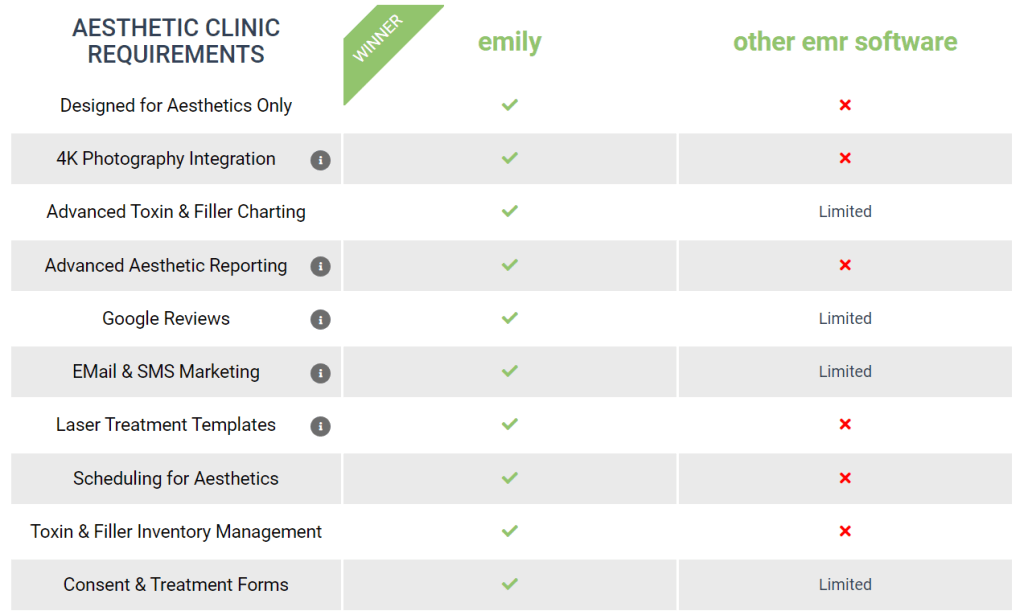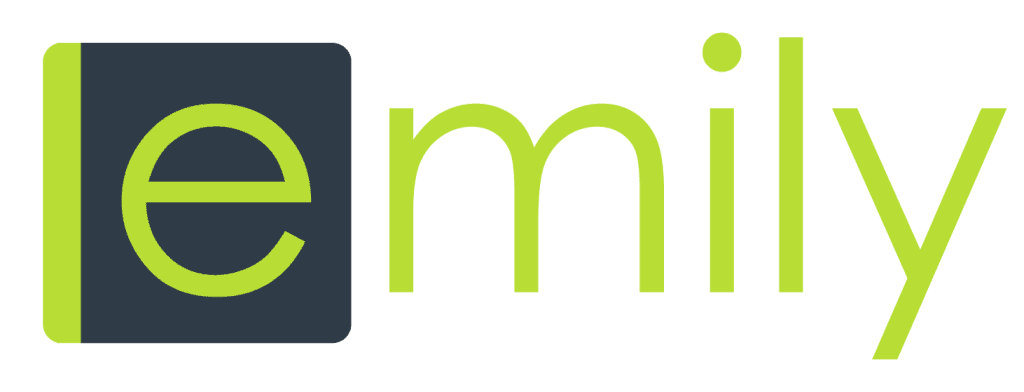“Maximizing Profit in Aesthetic Practices: The Essential Guide to EMR Software Features”

When evaluating Electronic Medical Records (EMR) software for aesthetic practices, it’s crucial to consider several key features that can significantly impact the ability to generate more profit. These features include photography, reporting, injectable templates, Google reviews integration, marketing tools, and aesthetic charting capabilities. Each of these components plays a vital role in enhancing the efficiency, patient satisfaction, and overall success of an aesthetic practice.
Photography
In the realm of aesthetic medicine, the importance of high-quality photography cannot be overstated. Before-and-after photos are not just a testament to the practitioner’s skill but also a powerful marketing tool. An EMR system that integrates advanced photography features allows for easy capture, storage, and comparison of patient images. This not only aids in treatment planning and outcome evaluation but also enhances patient consultations by visually demonstrating potential results. Moreover, a portfolio of anonymized success stories can be a compelling component of the clinic’s online presence, attracting new patients.
Reporting
Comprehensive reporting capabilities within an EMR system provide invaluable insights into the practice’s operations. Detailed reports on patient demographics, treatment types, and outcomes help identify trends and areas for improvement. Financial reporting tools enable a closer examination of revenue streams, helping practices to optimize their service offerings and pricing strategies. By leveraging data, practices can make informed decisions that drive growth and profitability.
Injectable Templates
Injectables, such as Botox and fillers, are staples in aesthetic medicine. An EMR with customizable injectable templates streamlines the documentation process, ensuring precise record-keeping of injection sites, dosages, and products used. This not only enhances patient safety by maintaining accurate treatment records but also contributes to efficiency, allowing practitioners to spend more time with patients and less on administrative tasks. Furthermore, well-documented records support compliance with regulatory standards and can be invaluable in case of audits or legal inquiries.
Google Reviews Integration
In today’s digital age, online reviews are a critical factor influencing potential patients’ decision-making. An EMR system that integrates with Google Reviews can simplify the process of requesting and managing reviews. Positive reviews improve the clinic’s online reputation, search engine ranking, and ultimately, patient acquisition rates. Automated prompts for patients to leave reviews after their appointments can increase the volume of feedback, providing social proof that attracts new patients.
Marketing Tools
Marketing is essential for attracting new patients and retaining existing ones. An EMR system with built-in marketing tools, such as email campaigns, targeted promotions, and referral programs, can significantly enhance a practice’s marketing efforts. These tools enable practices to communicate effectively with their patient base, promoting loyalty and encouraging word-of-mouth referrals. Personalized communication, based on patient history and preferences stored in the EMR, can lead to higher engagement rates and, consequently, more appointments.
Aesthetic Charting
Aesthetic charting goes beyond traditional medical charting by focusing on visual aspects critical to aesthetic treatments. An EMR system designed for aesthetic practices should offer detailed charting capabilities that allow for the annotation of images and diagrams. This enables precise planning of cosmetic procedures and tracking of progress over time. Aesthetic charting enhances the consultation process, helping patients understand their treatment plans and setting realistic expectations. It also plays a critical role in quality assurance and continuous improvement of aesthetic outcomes.
Conclusion
Choosing an EMR system with robust features tailored to the unique needs of an aesthetic practice can transform its operations and significantly increase its profitability. High-quality photography capabilities, comprehensive reporting, injectable templates, Google reviews integration, effective marketing tools, and specialized aesthetic charting are all key components that contribute to improved efficiency, patient satisfaction, and business growth. By leveraging technology, aesthetic practices can not only streamline their workflows but also enhance their market position, attracting more patients and maximizing revenue opportunities.
